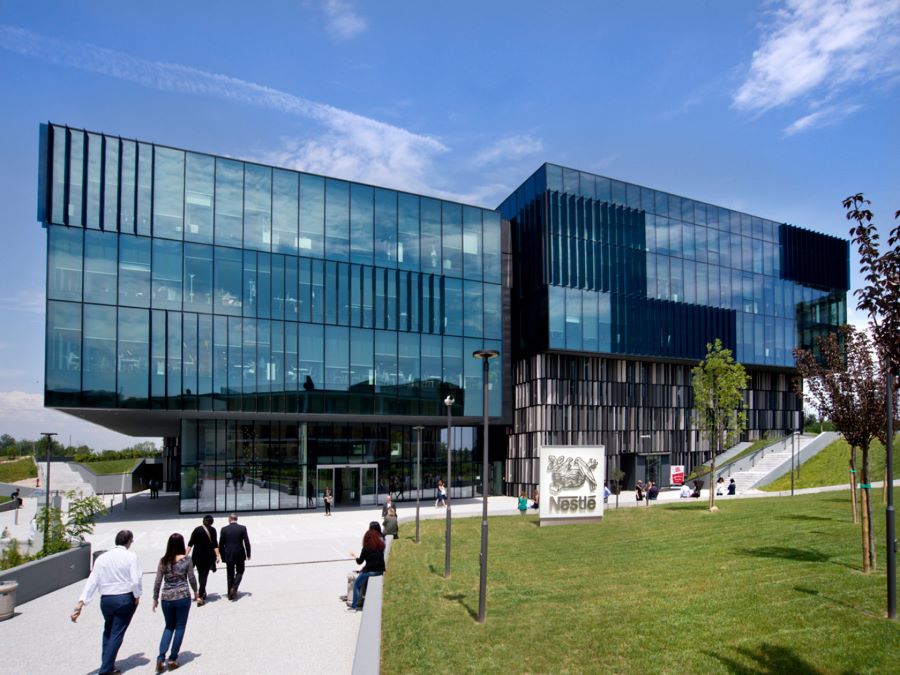
Breaking Down the Digital Divide: Global Initiatives and Challenges
Introduction
The digital divide, the gap between individuals who have access to modern information and communication technology (ICT) and those who do not, remains a critical issue in our increasingly digital world.
Despite significant advancements in technology, a substantial portion of the global population is still without internet access, hindering their opportunities for economic growth, education, and social inclusion.
This article explores the multifaceted nature of the digital divide, examines global initiatives aimed at bridging this gap, and discusses the challenges that lie ahead.
Understanding the Digital Divide
The digital divide encompasses more than just the lack of internet access; it includes disparities in the ability to use ICT effectively due to differences in literacy, infrastructure, and affordability. The divide exists not only between urban and rural areas within countries but also between countries, with developing nations facing significant barriers to digital inclusion.
Global Initiatives to Bridge the Digital Divide
Numerous global initiatives have been launched to address the digital divide, involving governments, international organizations, non-profits, and private companies. Some notable efforts include:
The United Nations’ Sustainable Development Goals (SDGs): Goal 9 aims to build resilient infrastructure, promote inclusive and sustainable industrialization, and foster innovation, which includes significantly increasing access to ICT.
The Broadband Commission for Sustainable Development: Established by the International Telecommunication Union (ITU) and UNESCO, this commission advocates for broadband infrastructure and services for all, emphasizing the importance of broadband for global development.
One Laptop per Child (OLPC): This non-profit initiative aims to provide inexpensive laptops to children in developing countries to improve their educational opportunities.
Project Loon by Alphabet: Although it was shut down, Project Loon was an ambitious project to provide internet access to remote areas using high-altitude balloons. Its legacy continues to inspire innovative approaches to internet connectivity.
Internet.org by Facebook: Now known as Free Basics, this service aims to provide free access to basic internet services in developing countries, although it has faced criticism and challenges related to net neutrality and content limitation.
Challenges in Bridging the Digital Divide
Despite these efforts, several challenges persist in bridging the digital divide:
Infrastructure Limitations: In many remote or impoverished areas, the infrastructure required for internet access is lacking. Building this infrastructure is often cost-prohibitive.
Affordability: Even where infrastructure exists, the cost of internet services and digital devices can be too high for the average citizen, particularly in low-income countries.
Digital Literacy and Skills: Access to technology is not enough as the users must also have the skills to utilize digital tools effectively. There is a significant need for education and training in digital literacy.
Content and Language Barriers: Much of the content available online is not in all languages, which can be a barrier to effective use of the internet for non-English speakers.
Policy and Regulation: In some regions, government policies and regulations may restrict internet access or limit the types of content that can be viewed.
Strategies for Overcoming Challenges
To effectively bridge the digital divide, a multifaceted approach is necessary:
Public-Private Partnerships (PPPs): Collaborations between governments, private sector,, and non-profits can mobilize the resources and expertise needed to tackle the digital divide.
Community-Based Solutions: Initiatives like community networks, where local groups build and manage their internet infrastructure, can be effective in remote areas.
Innovative Technologies: Exploring new technologies like satellite internet, drones, and low-earth orbit (LEO) satellites can provide alternative solutions to traditional broadband infrastructure.
Digital Literacy Programs: Investing in education and training programs to improve digital literacy is crucial for ensuring that people can make full use of internet access.
Affordable Access Initiatives: Policies and programs that make internet access and digital devices more affordable can help to address the cost barrier. This includes reducing taxes on ICT equipment and services and providing subsidies for low-income households.
Fostering Digital Inclusion in Rural Areas
Another aspect that deserves more focus is fostering digital inclusion in rural areas. People living in rural and remote regions are among the most affected by the digital divide due to infrastructural and economic challenges.
Mobile Solutions: Leveraging mobile technology, which often has a wider reach than broadband in rural areas, can provide a viable path to internet access. Mobile internet services and applications tailored to the needs of rural populations can drive digital inclusion.
Community Engagement and Ownership: Initiatives that involve community engagement and ownership, such as local internet service providers or community technology centers, can ensure that solutions are tailored to the specific needs and contexts of rural communities.
Agricultural and Economic Development Programs: Integrating digital tools and internet access into agricultural and economic development programs can directly address the needs of rural populations, providing them with resources to improve productivity, market access, and income.
Global Cooperation and Knowledge Sharing
Finally, global cooperation and knowledge sharing are essential for addressing the digital divide on an international scale. The digital divide is not just a local or national issue but a global one, requiring concerted efforts across borders.
International Partnerships: Building partnerships between countries, international organizations, and global non-profits can pool resources, expertise, and best practices to tackle the digital divide more effectively.
Knowledge Sharing Platforms: Establishing platforms for sharing knowledge, innovations, and strategies related to digital inclusion can accelerate progress by allowing countries and organizations to learn from each other’s successes and challenges.
Supporting Local Innovations: Encouraging and supporting local innovations in digital technology and access can provide solutions that are culturally and contextually appropriate. International cooperation can help scale these innovations to benefit wider populations.
Summary
Bridging the digital divide is a complex challenge that requires cooperation, innovation, and sustained effort from all sectors of society.
While significant progress has been made, much work remains to ensure that everyone, regardless of their location or socioeconomic status, can benefit from the opportunities provided by digital technology.
By continuing to invest in infrastructure, promote digital literacy, and innovate in technology and policy, we can move closer to a world where the digital divide is no longer a barrier to economic, educational, and social progress.
Breaking down the digital divide is not just about providing internet access; it’s about empowering all individuals with the tools and opportunities to thrive in the 21st century.











